Home>Gardening & Outdoor>Landscaping Ideas>What Does Overwatered Grass Look Like
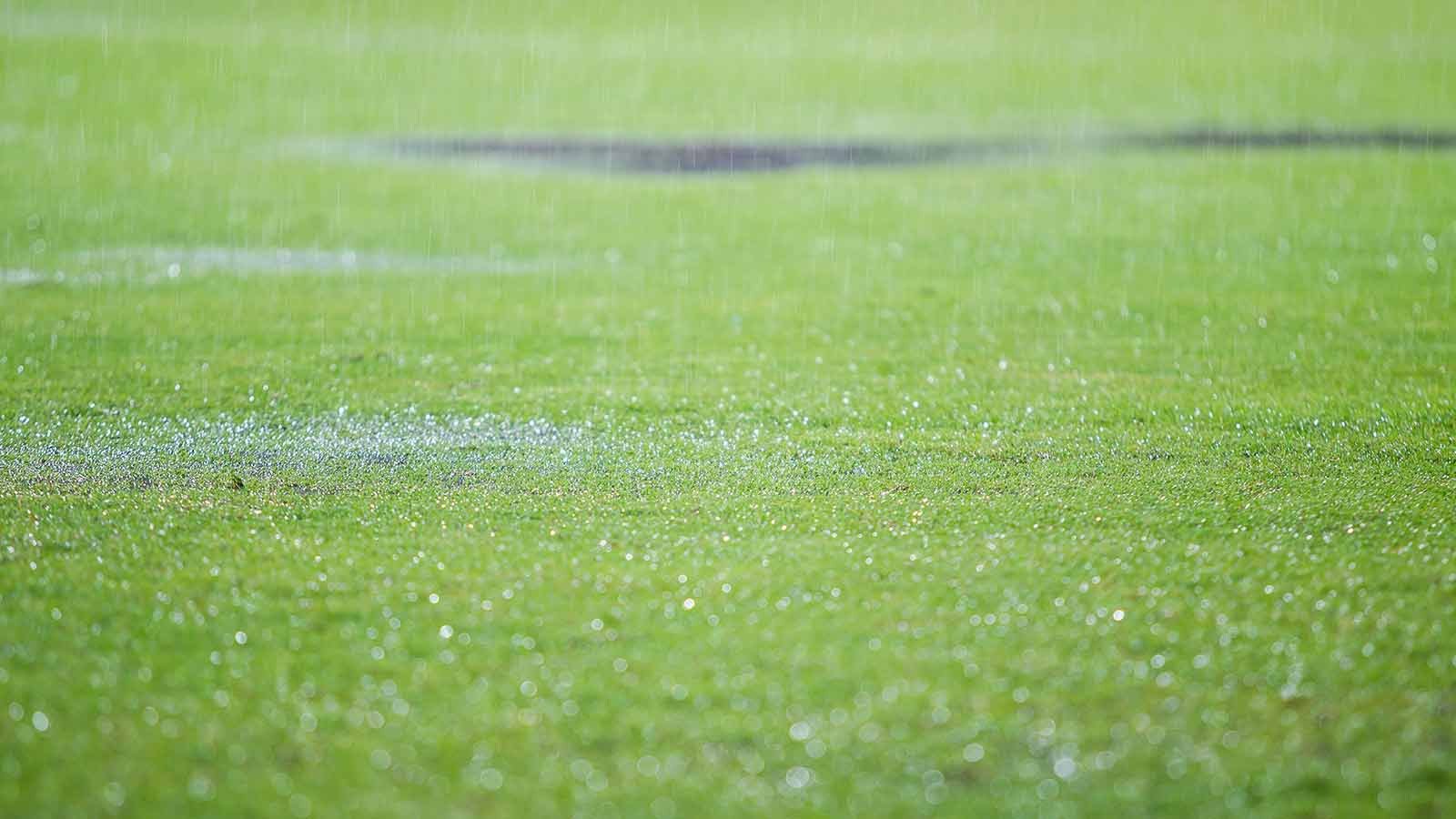

Landscaping Ideas
What Does Overwatered Grass Look Like
Modified: October 19, 2024
Discover signs of overwatered grass and get expert landscaping ideas to prevent and fix the issue. Learn how to maintain a healthy lawn with proper watering techniques.
(Many of the links in this article redirect to a specific reviewed product. Your purchase of these products through affiliate links helps to generate commission for Storables.com, at no extra cost. Learn more)
Signs of Overwatered Grass
Overwatering is a common mistake that can have detrimental effects on your lawn. It’s essential to be able to recognize the signs of overwatered grass to prevent damage and promote healthy growth.
Here are the key indicators that your grass may be receiving too much water:
- Wilting: Surprisingly, overwatered grass can exhibit symptoms similar to underwatered grass. If you notice your grass looking limp and wilted, it could be a sign of overwatering.
- Yellowing: When grass receives too much water, it may start to turn yellow. This is often due to the roots being deprived of oxygen, leading to a condition known as “wet feet.”
- Slow Growth: Excessive moisture can hinder the grass’s ability to absorb nutrients from the soil, resulting in stunted growth.
- Pooling Water: If you observe water collecting on the surface of your lawn after watering, it’s a clear indication that the soil is saturated and unable to absorb more water.
- Weed Growth: Overwatering can create an environment conducive to weed proliferation. If you notice an increase in weeds, it may be a sign that your lawn is being overwatered.
- Increased Pests and Disease: A waterlogged lawn is more susceptible to pest infestations and fungal diseases. If you notice a surge in pest activity or the onset of fungal issues, it could be linked to overwatering.
By being attentive to these signs, you can take proactive measures to address overwatering and restore your lawn to a healthy state.
Key Takeaways:
- Signs of overwatered grass include wilting, yellowing, slow growth, pooling water, weed growth, and increased pests. By recognizing these signs, you can prevent damage and promote a healthy lawn.
- Overwatering affects grass by suffocating roots, promoting fungal growth, leaching nutrients, reducing drought tolerance, and increasing weed competition. Proper watering techniques can mitigate these effects and maintain a vibrant lawn.
Read more: What Does Alfalfa Grass Look Like
Identifying Overwatering Symptoms
Recognizing the symptoms of overwatering is crucial for maintaining a vibrant and resilient lawn. By understanding the telltale signs, you can promptly adjust your watering practices to prevent damage. Here are some key symptoms to look out for:
- Soil Moisture: One way to identify overwatering is by assessing the soil moisture. If the soil feels constantly soggy and muddy, even when it hasn’t rained recently, it’s likely that the grass is being overwatered. Healthy soil should be moist but not waterlogged.
- Thatch Buildup: Overwatering can contribute to the accumulation of thatch, a layer of dead grass and organic matter between the soil and the green vegetation. Excessive moisture can impede the breakdown of thatch, leading to its buildup and potentially suffocating the grass roots.
- Smell: In cases of severe overwatering, a musty or sour odor may emanate from the lawn. This odor is a result of the anaerobic conditions created by excessive moisture, indicating a lack of oxygen in the soil.
- Root Health: When inspecting the grass roots, you may notice a brown or black color, indicating root rot caused by prolonged exposure to water. Healthy roots should appear firm, white, and have a distinct earthy smell.
- Compacted Soil: Overwatering can contribute to soil compaction, making it harder for the grass roots to penetrate the soil and access essential nutrients. Compacted soil also exacerbates drainage issues, perpetuating the cycle of overwatering.
By observing these symptoms, you can gain valuable insights into the condition of your lawn and make informed decisions regarding your watering regimen. Identifying overwatering symptoms early on can prevent long-term damage and promote the overall health of your grass.
Overwatered grass may appear yellow or pale green, with soggy soil and a strong odor. To prevent overwatering, use a rain gauge to measure water levels and adjust watering accordingly.
How Overwatering Affects Grass
Overwatering can have profound effects on the health and vitality of your grass, impacting its ability to thrive and resist environmental stressors. Understanding how overwatering affects grass is crucial for implementing effective lawn care practices. Here are the key ways in which overwatering can detrimentally impact grass:
- Root Suffocation: Excessive moisture in the soil can suffocate the grass roots by displacing essential oxygen. This impedes the roots’ ability to respire and absorb nutrients, leading to weakened root systems and overall plant health.
- Fungal Growth: Overwatering creates a conducive environment for fungal pathogens to thrive. Conditions of high moisture and limited airflow can lead to the development of diseases such as brown patch and dollar spot, compromising the aesthetic and structural integrity of the grass.
- Nutrient Leaching: Overwatering can wash away vital nutrients from the soil, diminishing the grass’s access to essential elements for growth. Nutrient leaching can lead to nutrient deficiencies, manifesting as yellowing or stunted growth in the grass.
- Reduced Drought Tolerance: Prolonged overwatering can make the grass dependent on excessive moisture, reducing its natural resilience to drought conditions. Grass that is accustomed to frequent watering may struggle to survive during dry spells, making it more susceptible to heat stress and dehydration.
- Increased Weed Competition: Overwatering can create an environment that favors weed growth, as the grass may be weakened by excessive moisture, allowing opportunistic weeds to proliferate and compete for resources.
By understanding these detrimental effects, you can take proactive measures to mitigate the impact of overwatering on your lawn. Implementing proper watering techniques and being attentive to the signs of overwatering can help maintain the vigor and longevity of your grass, ensuring a lush and resilient lawn.
Tips for Proper Lawn Watering
Effective lawn watering is essential for nurturing healthy grass and maintaining a vibrant, resilient lawn. By following these tips for proper lawn watering, you can optimize moisture levels, promote robust root development, and enhance the overall vitality of your grass:
- Establish a Consistent Schedule: Create a regular watering schedule based on the specific needs of your grass, taking into account factors such as soil type, climate, and grass species. Consistency in watering helps the grass develop deep, drought-resistant roots.
- Water in the Morning: Aim to water your lawn in the early morning to minimize water loss due to evaporation. Morning watering also allows the grass blades to dry during the day, reducing the risk of fungal diseases that thrive in moist conditions.
- Monitor Soil Moisture: Keep a close eye on soil moisture levels to ensure that you are providing adequate hydration without overwatering. Utilize moisture meters or simply observe the soil to determine when watering is necessary.
- Adjust for Rainfall: Be mindful of natural rainfall and adjust your watering schedule accordingly. During periods of consistent rain, scale back on supplemental watering to prevent waterlogged conditions.
- Implement Deep Watering: Encourage deep root growth by watering the lawn deeply but infrequently. This promotes the development of a robust root system that can access moisture from lower soil layers, enhancing the grass’s resilience.
- Use Proper Irrigation Techniques: Whether using a sprinkler system or a hose, ensure that water is distributed evenly across the lawn to prevent overwatering in certain areas and underwatering in others. Proper irrigation techniques contribute to uniform grass growth.
- Consider Grass Type: Different grass species have varying water requirements. Tailor your watering practices to suit the specific needs of your grass type, taking into account factors such as drought tolerance and water retention capabilities.
- Observe Grass Health: Pay attention to the visual and tactile cues of your grass to gauge its hydration status. Healthy, well-watered grass exhibits vibrant color and turgid blades, signaling optimal moisture levels.
By incorporating these tips into your lawn care routine, you can foster a thriving and visually appealing lawn while conserving water and minimizing the risk of overwatering. Proper lawn watering is a fundamental aspect of maintaining a lush and resilient grassscape.
Frequently Asked Questions about What Does Overwatered Grass Look Like
Was this page helpful?
At Storables.com, we guarantee accurate and reliable information. Our content, validated by Expert Board Contributors, is crafted following stringent Editorial Policies. We're committed to providing you with well-researched, expert-backed insights for all your informational needs.
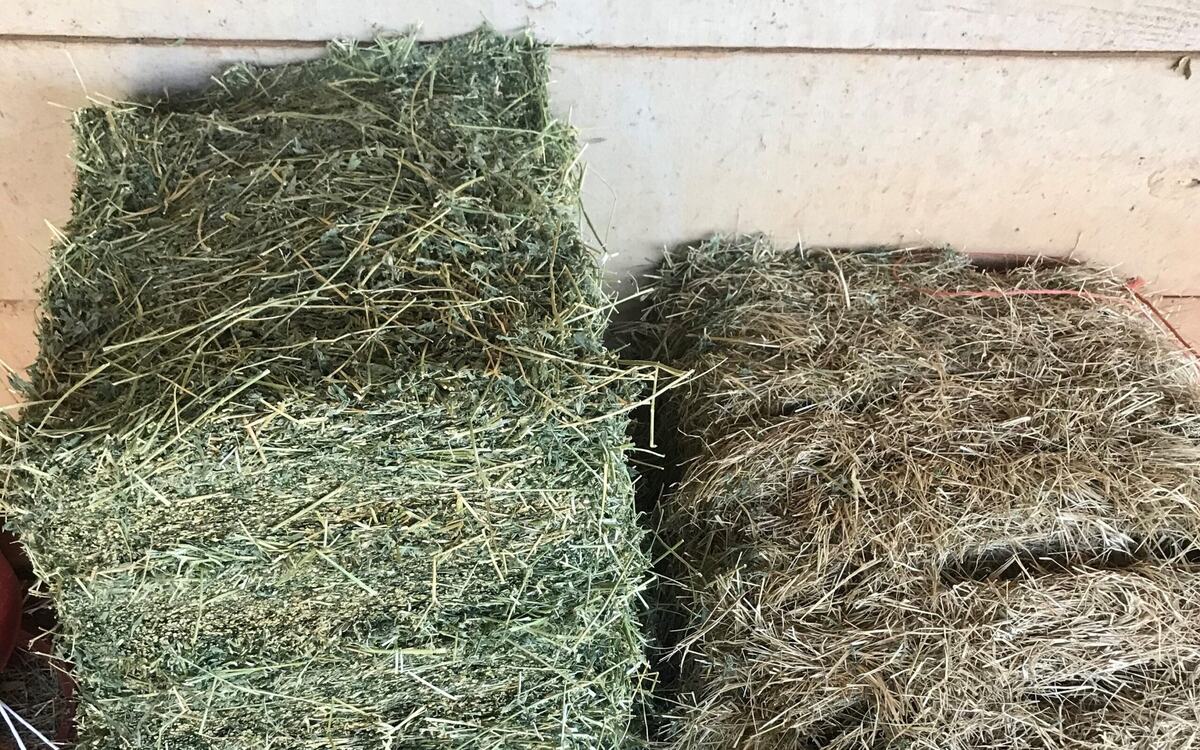
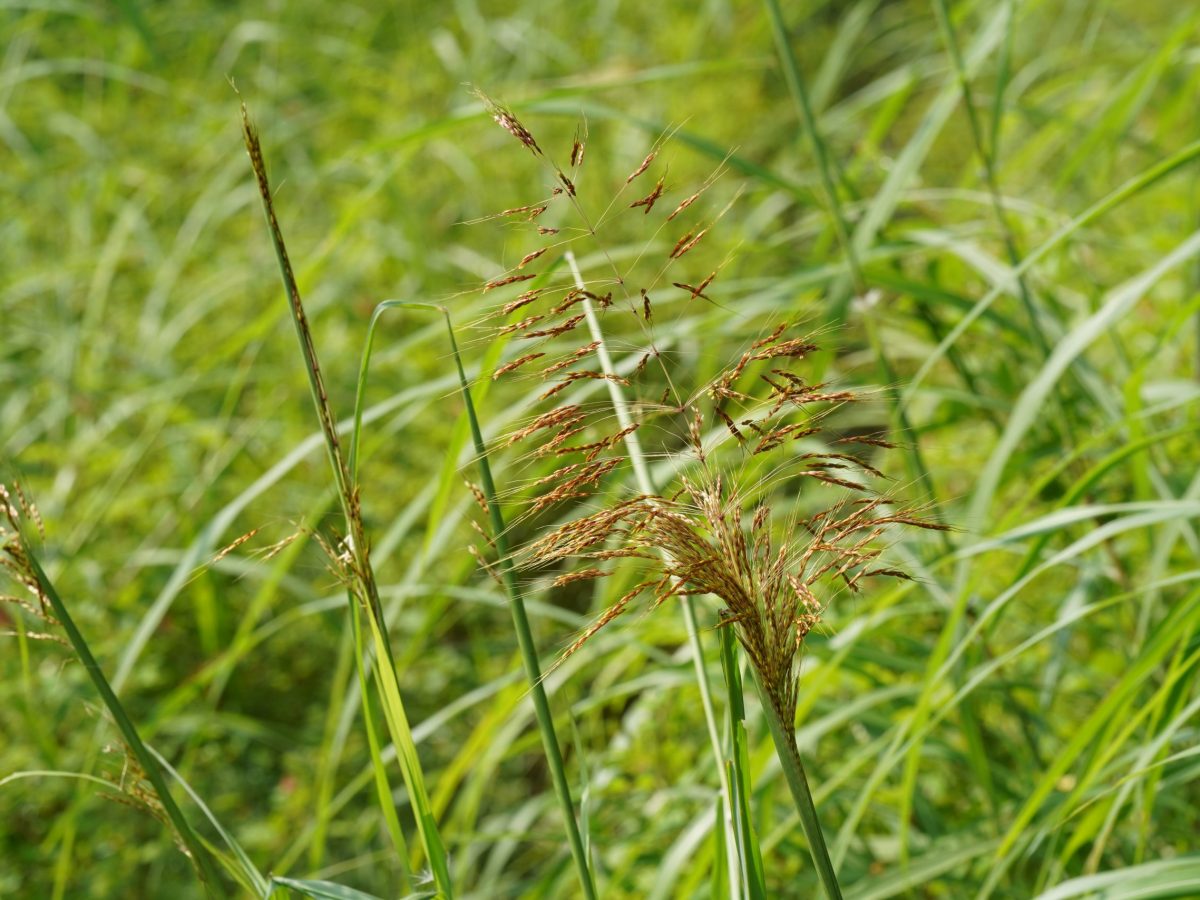
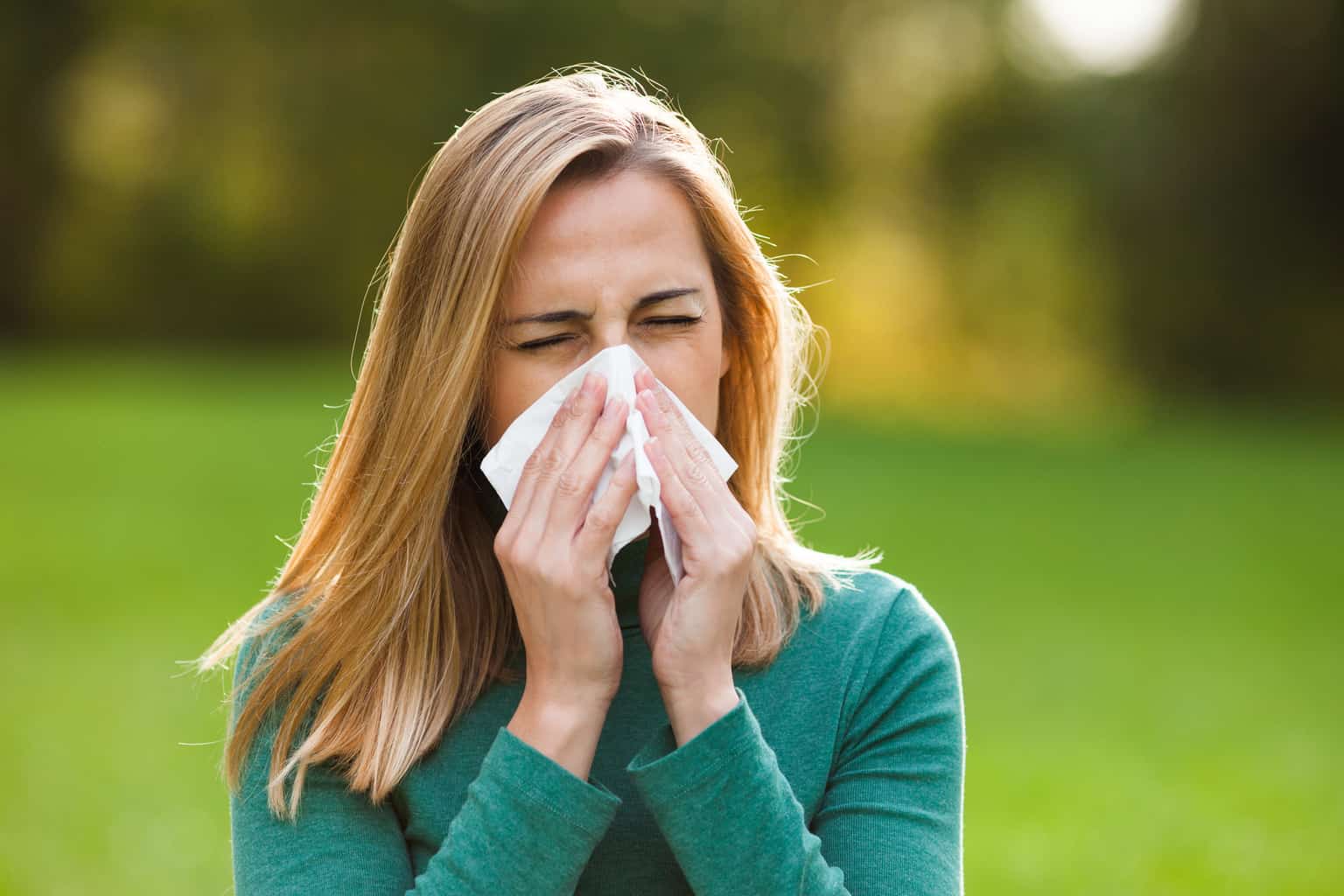
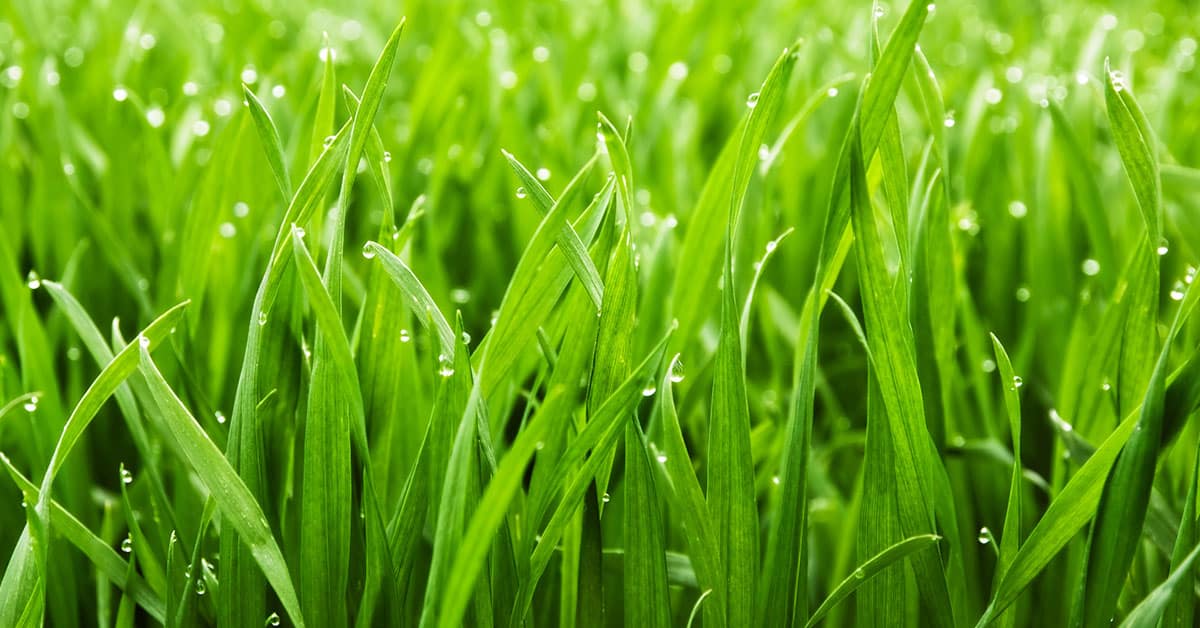
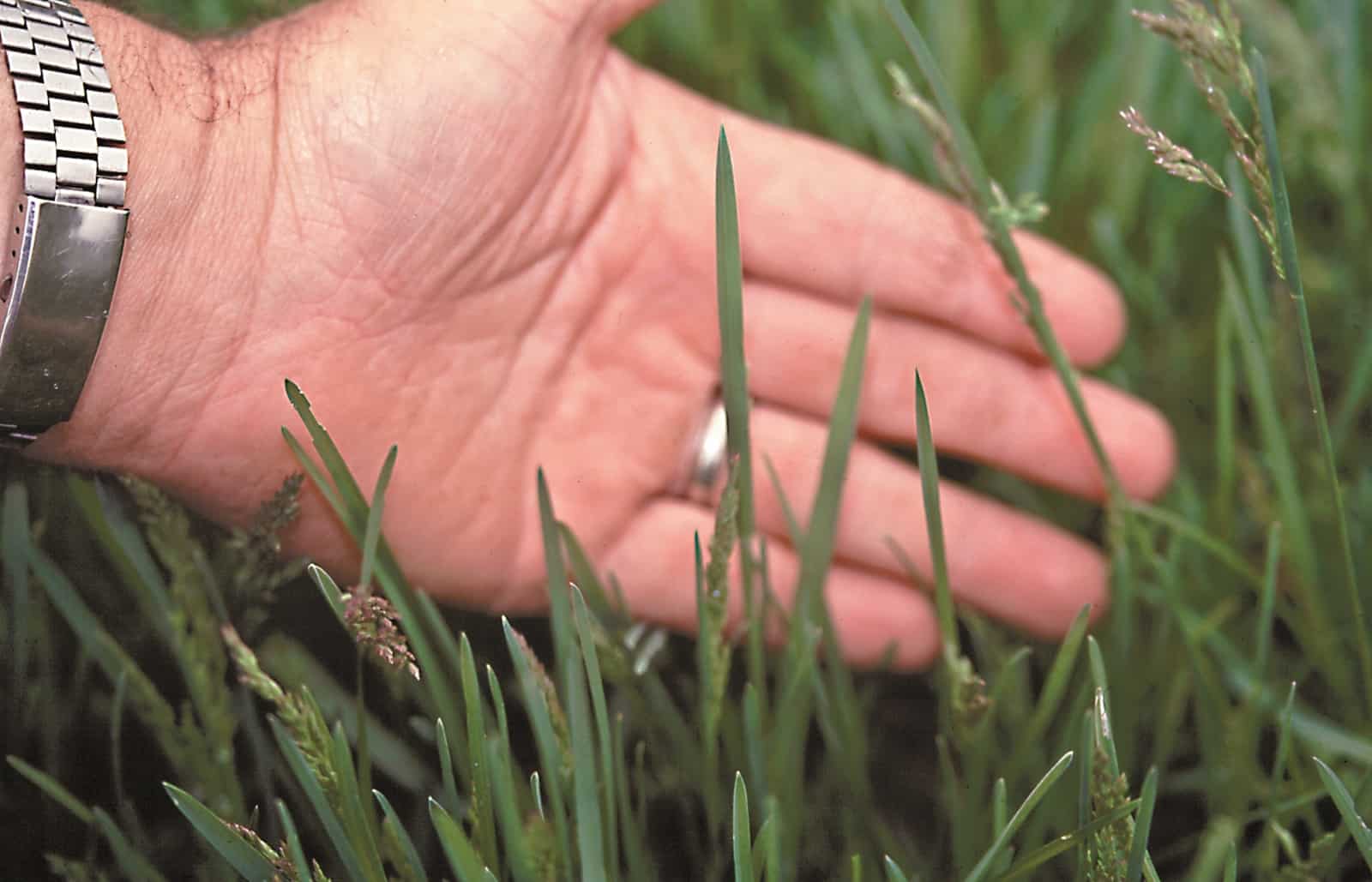
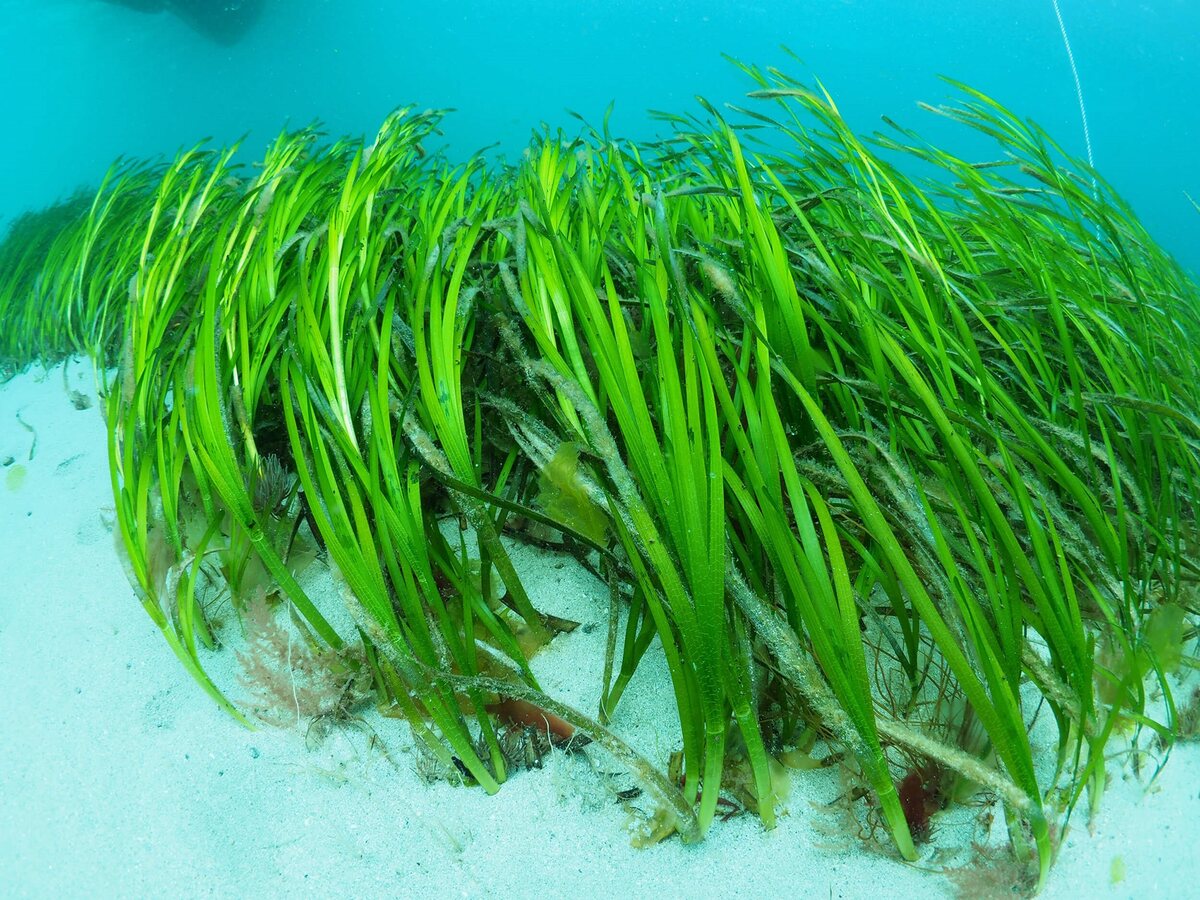
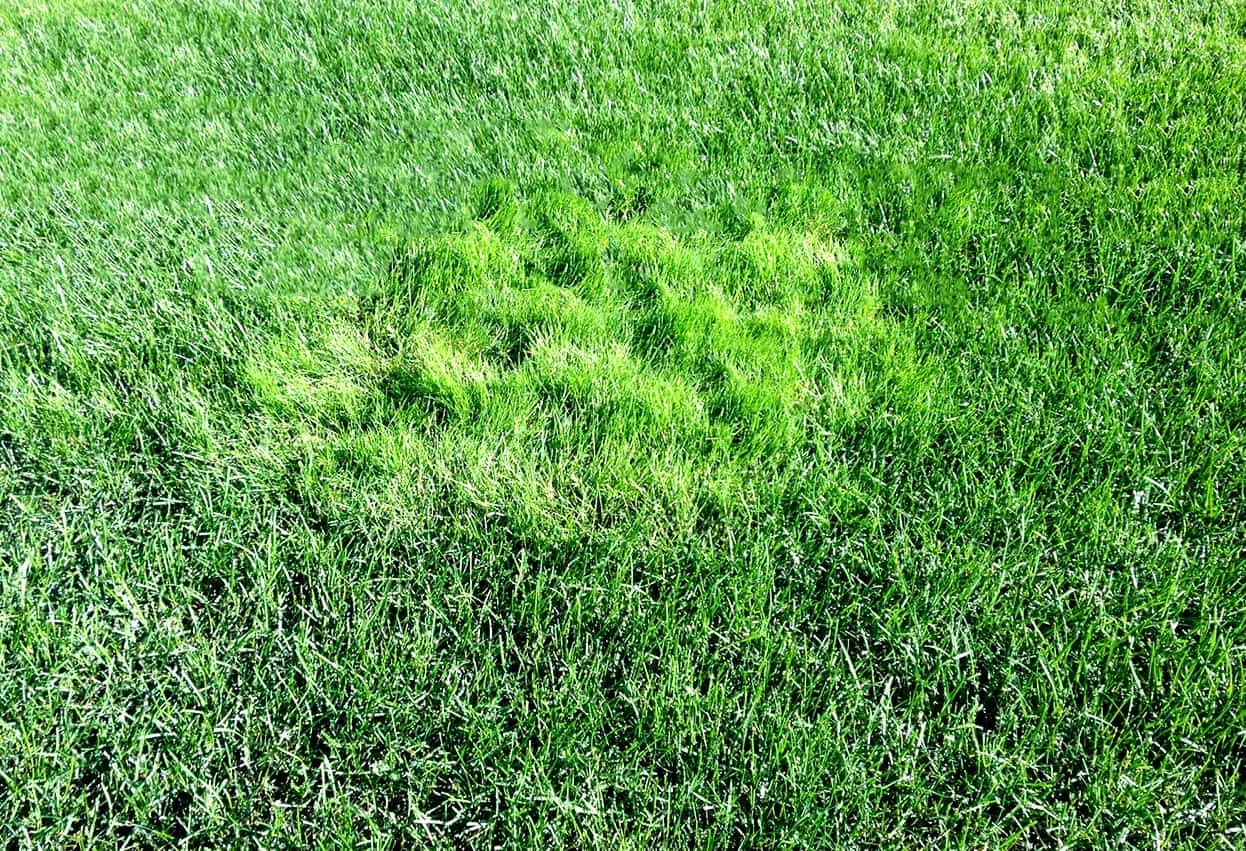
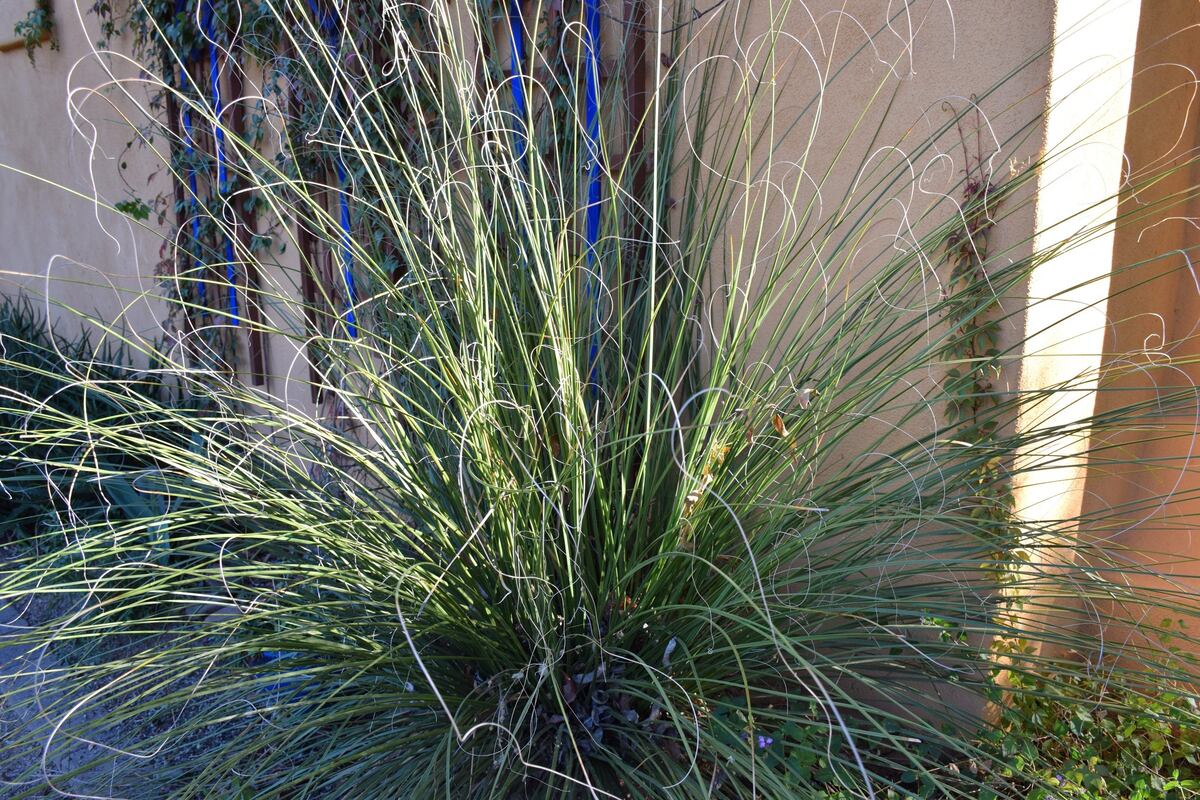
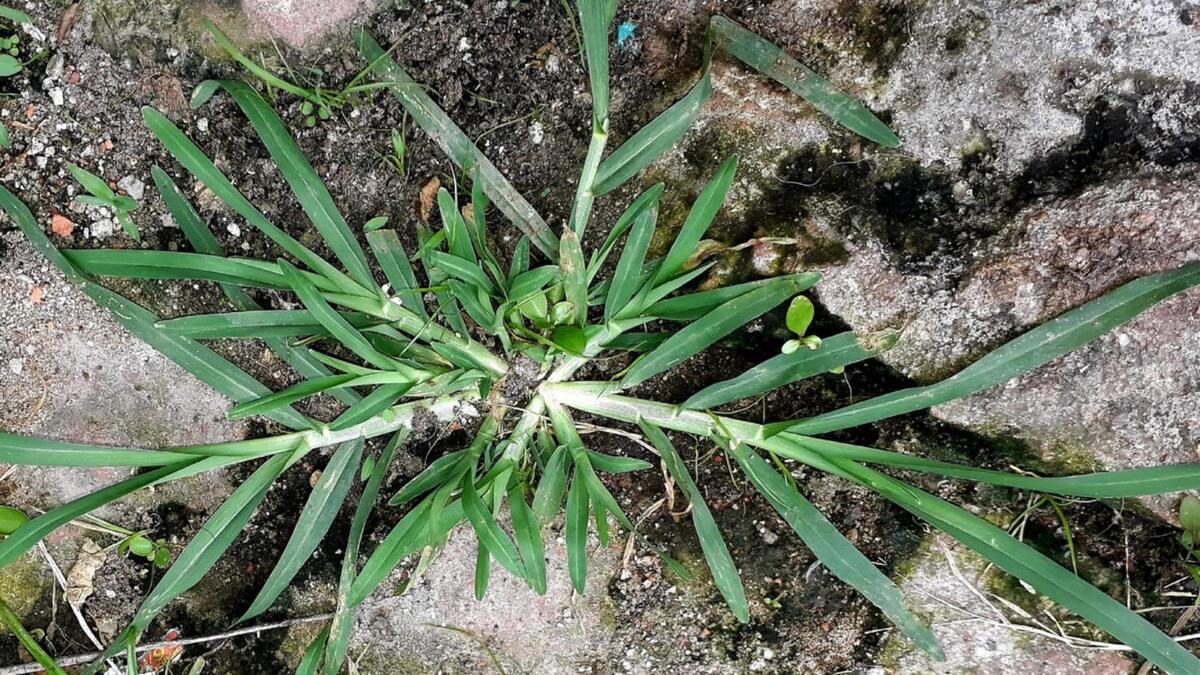
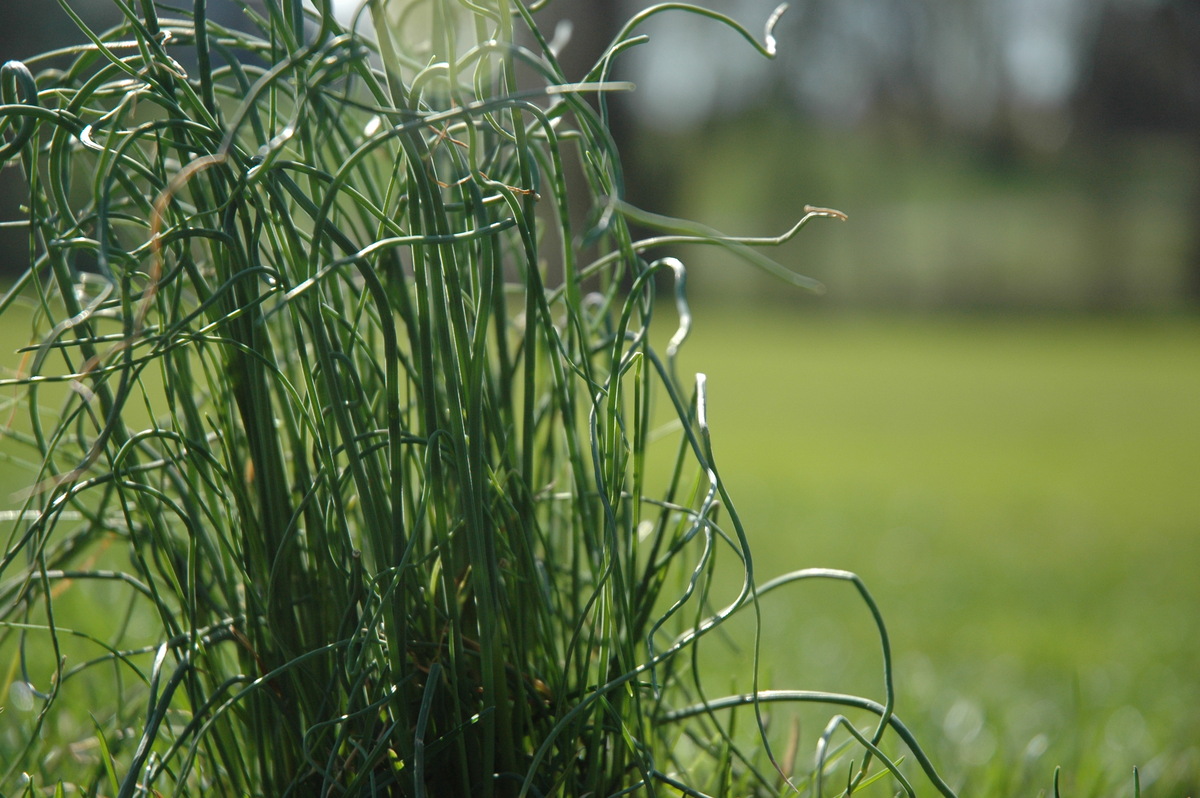
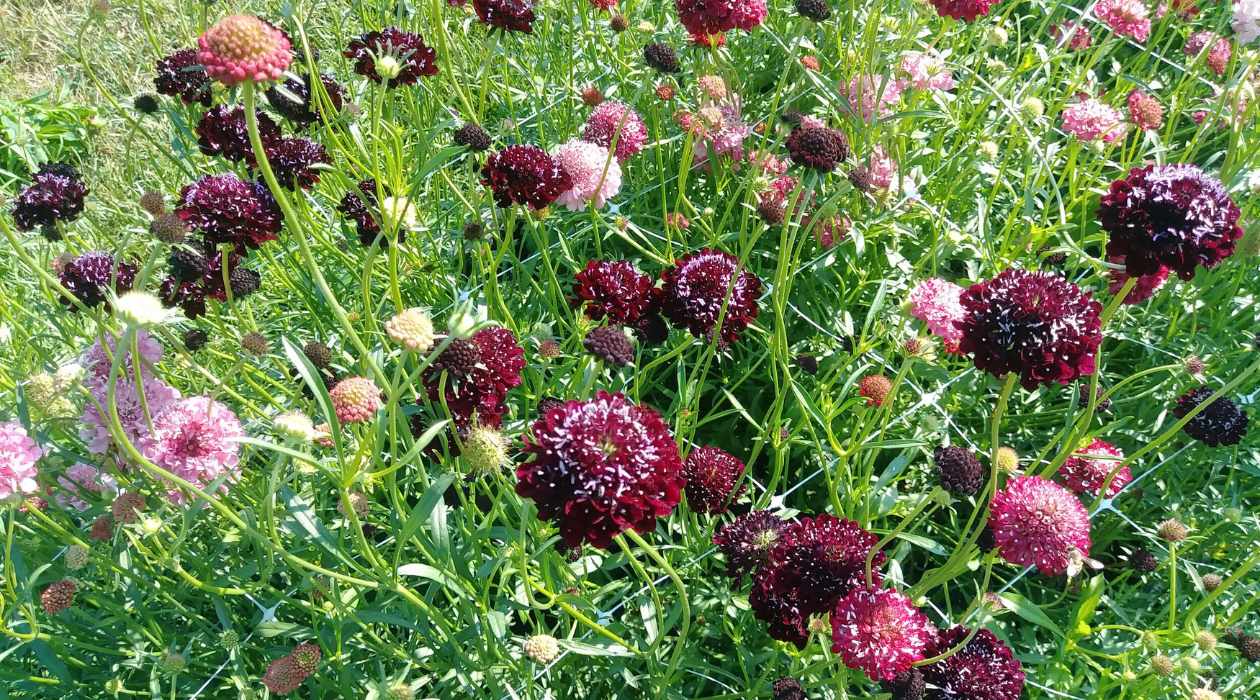
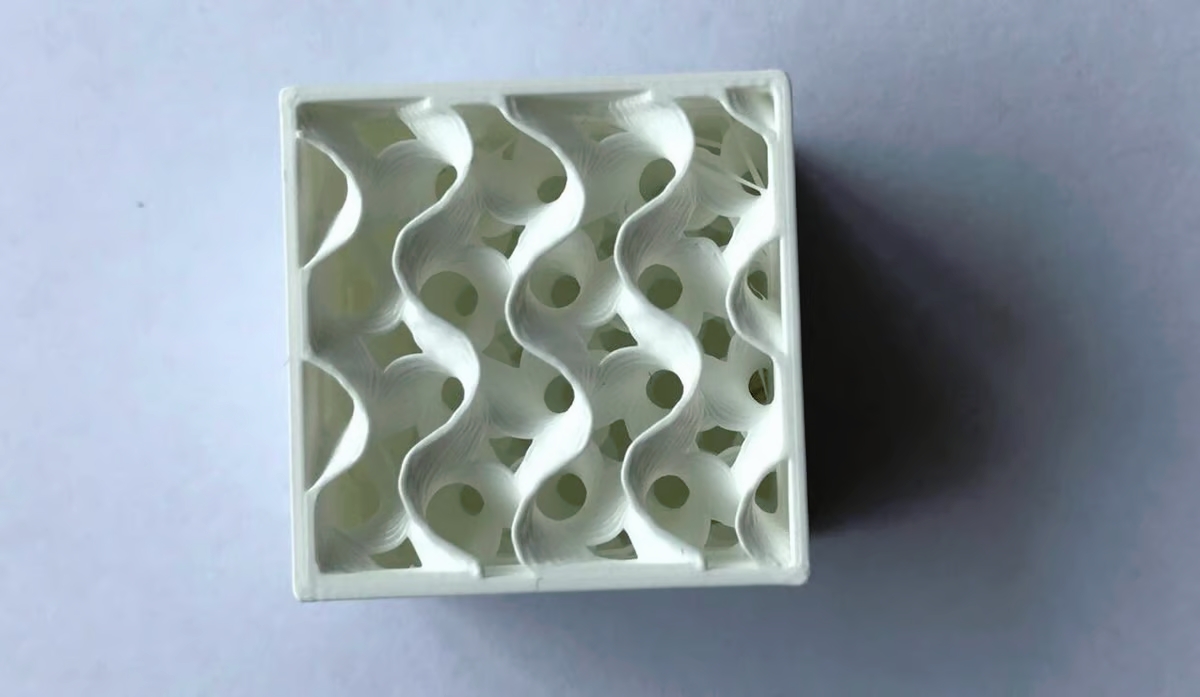

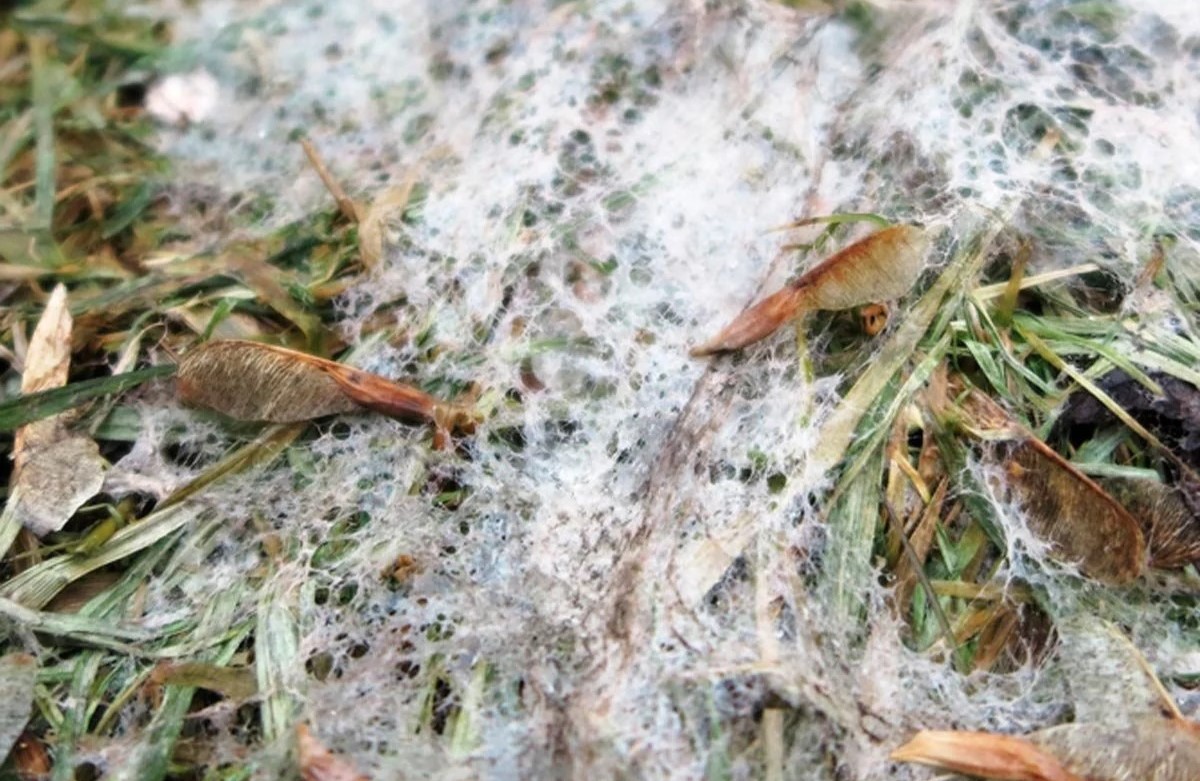
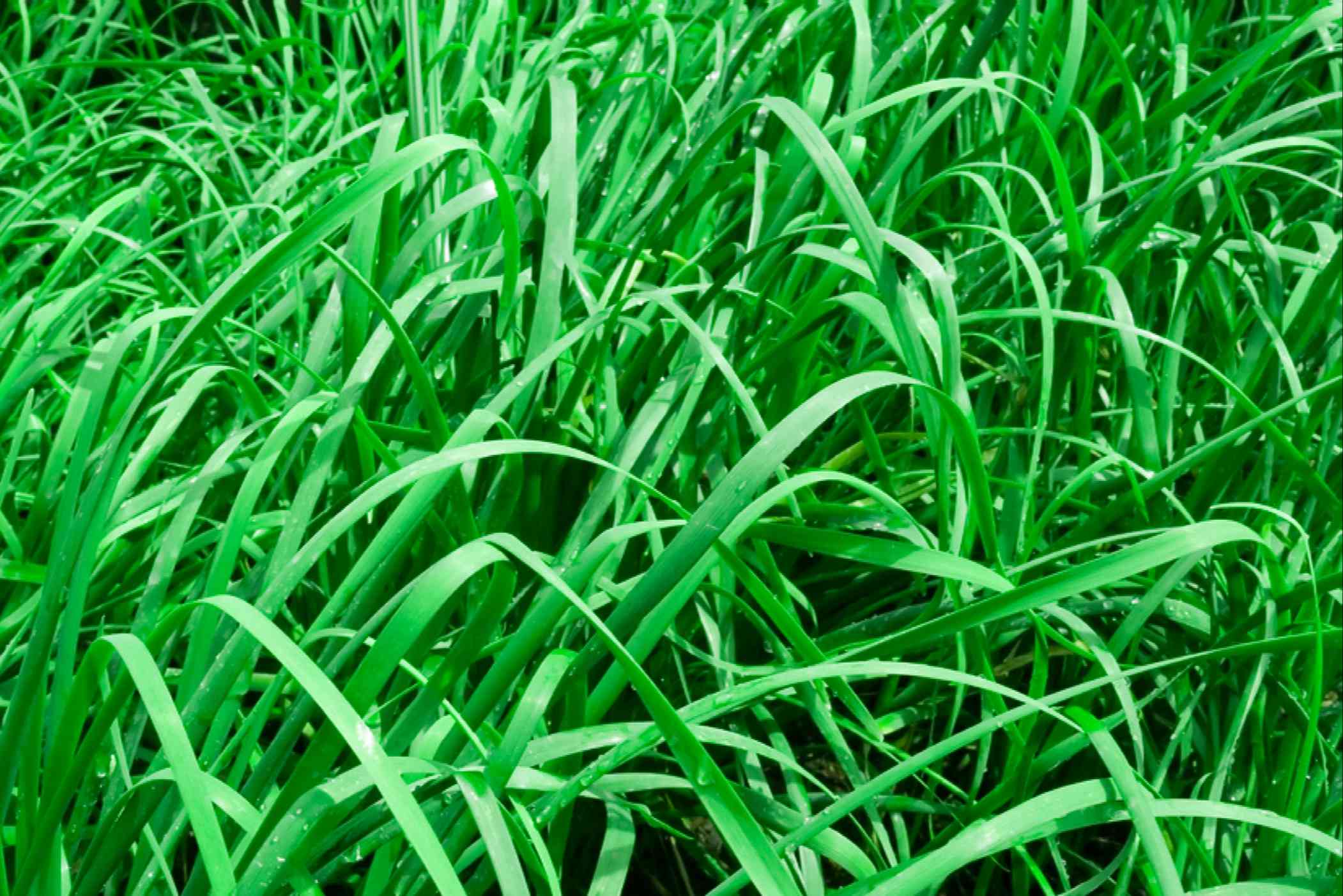

0 thoughts on “What Does Overwatered Grass Look Like”